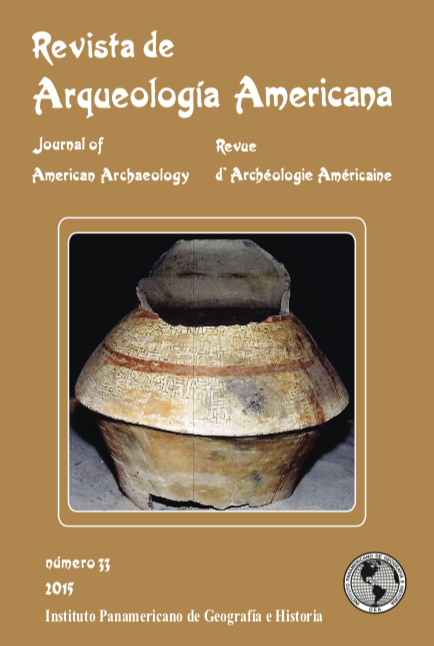DETERMINACIÓN DE PISOS ARQUEOLÓGICOS EN UNA VIVIENDA DOMÉSTICA DEL PRIMER MILENIO D. C. (TUCUMÁN, ARGENTINA)
Main Article Content
Abstract
Determination of archaeological floor in a domestic housing 1° millennium B.P. (Tucumán, Argentina) The aim of this study is to determine, from different lines of evidence, the presence of archaeological residential homes in a compound nucleus (NHC1), which allowed defining the start and end occupation of the dwelling. The residential unit is located in the archaeological site Since Viejo 2 (PV2) located in the Quebrada de Los Corrales, on the Abra de El Infiernillo (Tafi del Valle, Tucuman, Argentina). To meet the central objective measurements Density Real (PER) and Apparent Specific Weight (PEA), porosity and differ- ential rates of organic matter (OM) for the central chamber (RC) and an at- tached enclosure (R4) shall be made NHC1 in PV2. These measurements with the distribution of archaeological materials recovered from excavation and radiocarbon dating carried out on some of the latter were correlated. The set of all these data allowed defining two moments of actual occupation in the NHC1. In addition it is proposed level hypothesis that all houses enclosures that make up the residential unit analyzed, such as “daisy pattern”, was built simultaneously, i.e. all structures attached to the central area were built at the same time during the beginning of the occupation.
Downloads
Article Details
-
Abstract954
-
PDF (Español)408
